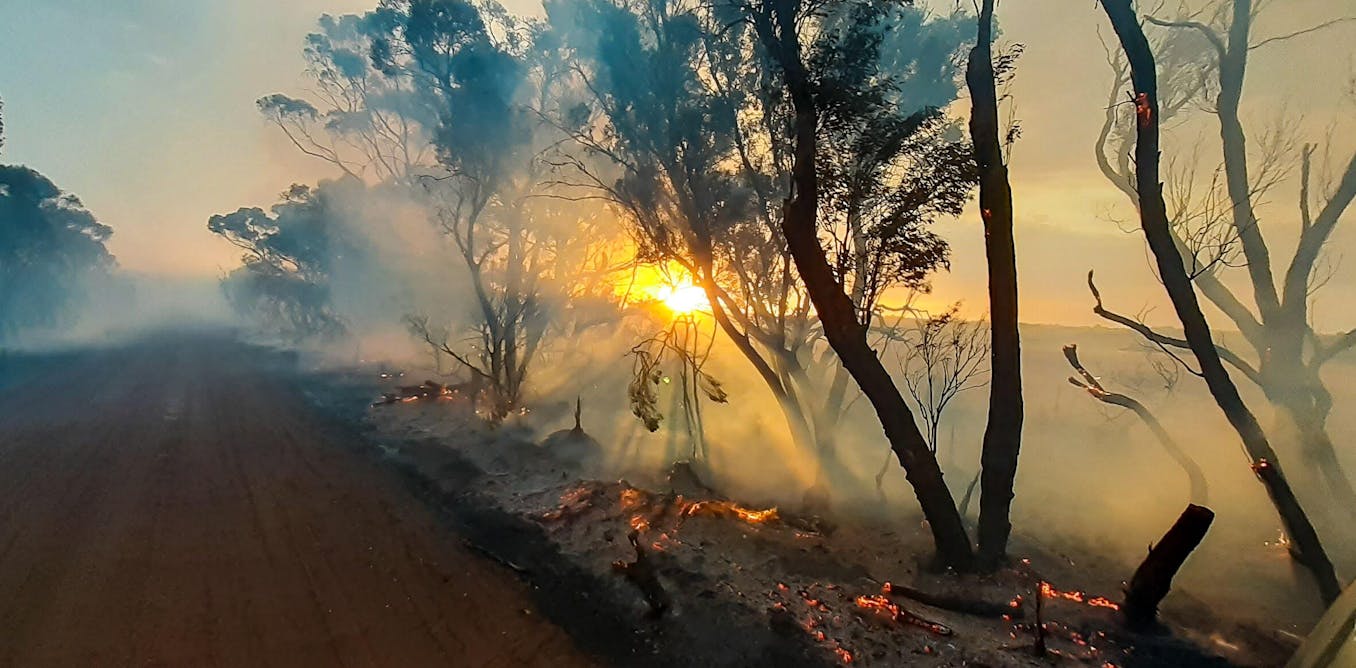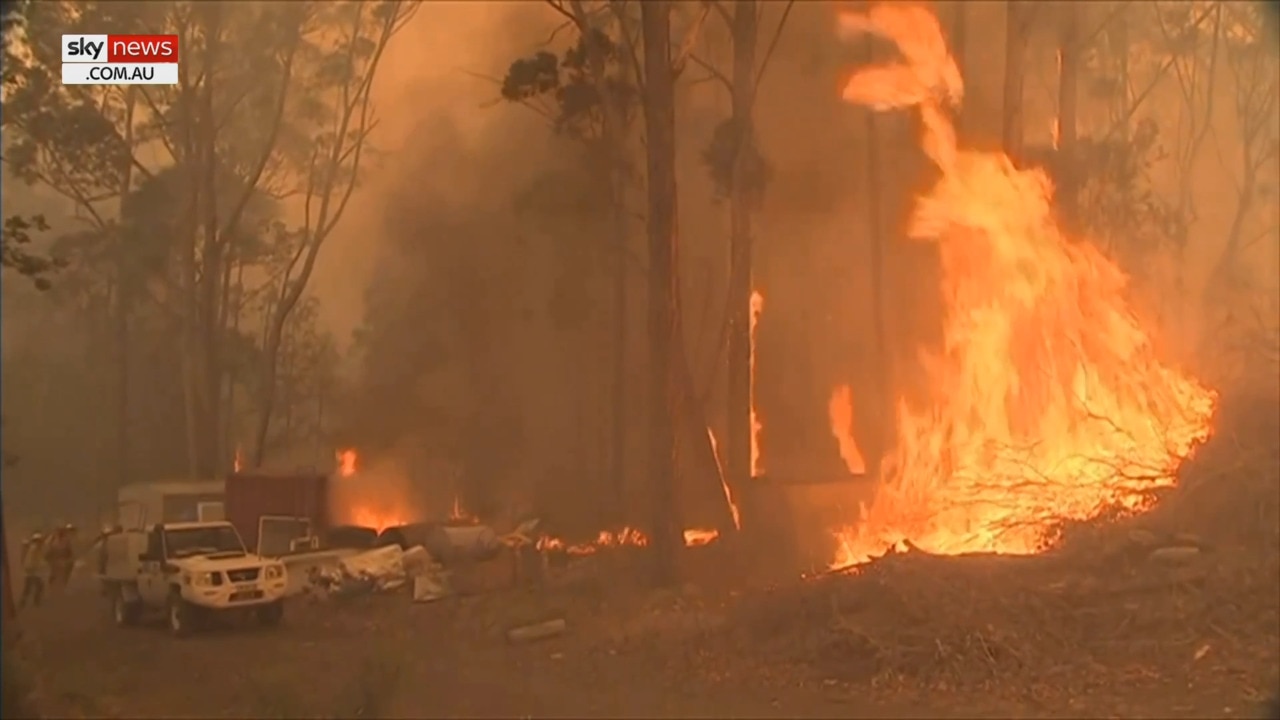Navigating the Requirements: Your Guide to Getting a BAL Report
Navigating the Requirements: Your Guide to Getting a BAL Report
Blog Article
Crucial Tips for Bushfire Management to Ensure Fire Defense

Recognizing Bushfire Risk Levels
Comprehending the differing degrees of bushfire threat is vital for effective preparation and prep work in mitigating possible risks to homes and lives. Bushfire danger levels are typically categorized based on factors such as climate conditions, fuel availability, topography, and historical fire habits. By comprehending these threat individuals, degrees and areas can proactively implement strategies to reduce susceptability and improve resilience when faced with prospective bushfire occasions.
The very first degree of bushfire risk is reduced risk, where the probability of a bushfire taking place and triggering considerable damage is minimal. This level commonly happens throughout periods of low temperatures, moderate moisture, and minimal wind rates. Modest threat levels show a boosted potential for bushfires because of intensifying weather or gas availability. High-risk degrees represent a significant danger, with problems conducive to quick fire spread and severe fire behavior. Extreme risk levels are one of the most crucial, posturing imminent danger to lives and homes as a result of extreme weather and highly flammable gas.
Recognizing these bushfire threat degrees allows stakeholders to customize their readiness and action activities appropriately, guaranteeing a proactive and efficient strategy to bushfire monitoring.
Creating a Defensible Room
Reliable bushfire management begins with developing a defensible area around buildings to boost protection versus potential fire threats. A defensible space is a buffer zone that develops an obstacle in between a framework and the bordering flammable plants. This space works as a crucial line of protection, providing firemens a safe location to run and assisting to decrease the risk of a fire spreading out to the building.
When establishing a defensible space, it is necessary to consider the design of the property and the bordering landscape. Clearing plant life, especially extremely combustible plants, within a certain span of the home can aid prevent the quick spread of fires. Additionally, preserving a well-irrigated area around the property can additionally enhance its defensibility.
Regular upkeep of the defensible space is critical to ensure its performance. This consists of trimming overhanging branches, clearing dead greenery, and maintaining the location without particles. By investing time and effort into establishing and preserving a defensible area, homeowner can considerably enhance their chances of shielding their homes and assets throughout a bushfire.
Implementing Fire-Resistant Landscaping
When developing landscapes to mitigate the threat of bushfires, including fire-resistant elements is important for improving residential property protection and minimizing fire threats. Select plants with high wetness material, low oil content, and marginal dead greenery to decrease the danger of fire spread.

Producing an Emergency Emptying Strategy
Developing a comprehensive emergency situation evacuation strategy is essential for making sure the safety and wellness of people during possible bushfire events (BAL Assessment). A reliable evacuation strategy visit should detail clear procedures to comply with in the event of a bushfire risk, consisting of assigned discharge routes, assembly points, and interaction methods
To start creating an emergency emptying strategy, it is vital to evaluate the details risks and vulnerabilities of your place. Identify several discharge routes that result navigate to this site in risk-free locations away from the fire, thinking about aspects such as surface, roadway access, and potential risks. Develop interaction channels to alert citizens of an upcoming discharge, making use of approaches such as sirens, text notifies, or door-to-door notices.
Frequently testimonial and exercise the discharge strategy with all homeowners or area participants to make certain every person recognizes their duties and responsibilities. Conduct drills to check the efficiency of the plan and make any required modifications. By having a well-prepared emptying plan in position, you can enhance the opportunities of a risk-free and organized discharge during a bushfire emergency.
Keeping Fire Security Devices
After establishing a detailed emergency discharge prepare for bushfire events, it is imperative to focus on the routine maintenance of fire safety and security tools to guarantee optimal capability and readiness. Routine maintenance of fire security equipment such as fire extinguishers, smoke alarm, emergency alarm, and automatic sprinkler is essential in safeguarding lives and residential property during a bushfire. Performing regular evaluations, screening, and servicing of these tools by certified experts is vital to assure they are in functioning order when required.
Fire extinguishers should be inspected on a regular basis for pressure levels, noticeable damage, and proper functionality. Smoke detectors have to have their batteries replaced at the very least annually and undergo month-to-month testing to ensure they are functional. Fire alarms and lawn sprinkler systems should be examined occasionally to verify they are connected and functioning properly. In addition, it is essential to keep fire safety devices accessible, unblocked, and clearly labeled for very easy identification during an emergency. By faithfully maintaining fire safety equipment, people can enhance their preparedness and action capacities in case of a bushfire.
Verdict
In conclusion, reliable bushfire management involves comprehending risk degrees, developing defensible areas, carrying out fire-resistant landscaping, developing discharge strategies, and preserving fire safety equipment. By adhering to these important ideas, people can make sure better fire defense and security for their areas and residential or commercial properties. It is important to focus on proactive measures to reduce the threats connected with bushfires and visit this website to be planned for emergency situations.
By understanding the subtleties of bushfire risk degrees, establishing defensible areas, implementing fireproof landscaping, producing extensive evacuation plans, and making certain the upkeep of fire security equipment, individuals and areas can considerably strengthen their durability versus the devastations of wildfires - BMP. These tips are not only essential for safeguarding against immediate fire threats but likewise for cultivating lasting fire security strategies that can make a significant difference in the face of escalating bushfire dangers
High-risk degrees signify a considerable hazard, with conditions conducive to quick fire spread and severe fire behavior. Regular maintenance of fire security devices such as fire extinguishers, smoke detectors, fire alarms, and sprinkler systems is essential in protecting lives and home throughout a bushfire.In final thought, reliable bushfire management involves recognizing risk degrees, developing defensible areas, applying fire-resistant landscape design, creating emptying strategies, and keeping fire safety and security devices.
Report this page